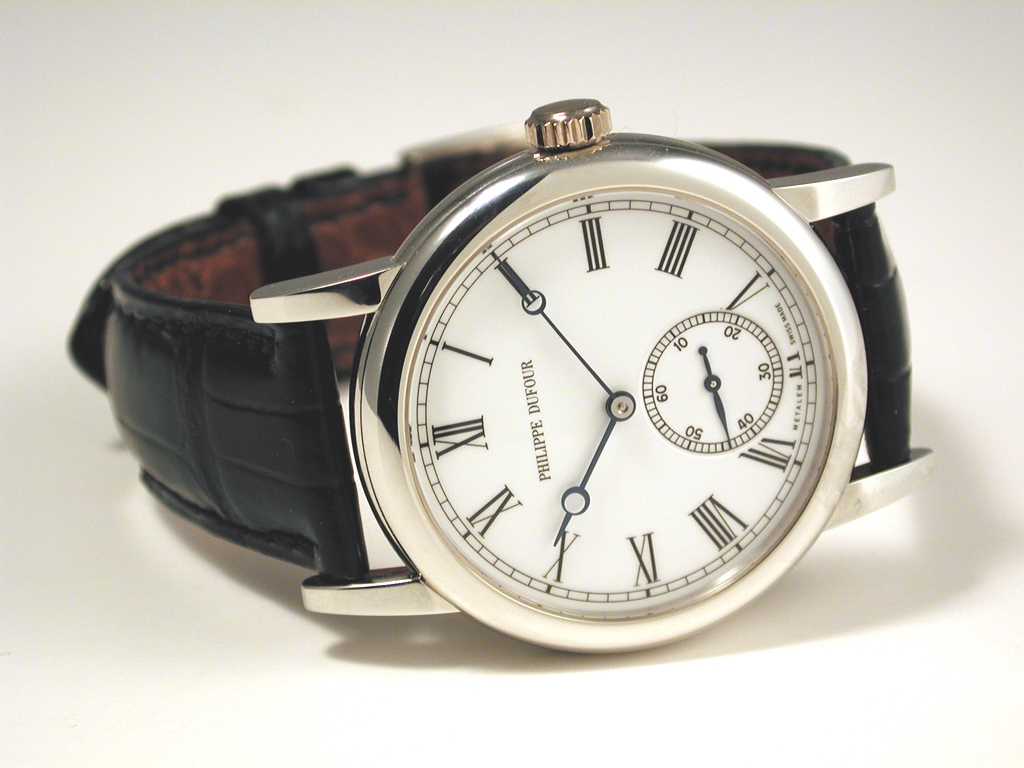By Magnus Salbu
Valleé de Joux is as I said in the previous instalment often referred to as the watchmaking valley of Switzerland. In the last article we only covered three of them, and all were giants in the watchmaking industry. Today we are taking a look at a few more, one giant, and one independent manufacturer who has a very short history, but makes up for it by carrying on hundreds of years old traditions in the best possible way. So without further ado
Blancpain

Photo: Matthew Bain Inc.
Blancpain SA was founded in the city of Villeret, Switzerland by Jehan-Jacques Blancpain. In the beginning, Blancpain was only a small workshop manufacturing pocket watches in the upper floor of Jehan’s house. It wasn’t until after his grandson, Frédéric-Louis Blancpain took over the family business that it really grew. Frédéric-Louis modernized production methods and the manufacture became capable of serial production. By the mid-1800’s, Blancpain were focused on manufacturing high-end watches.
In 1926, Blancpain entered a partnership with an American watchmaker named John Harwood and began the development of the first wristwatch with an automatic winding system.
In 1932, the company’s name was changed to Rayville SA after the last death of Frédéric-Emile Blancpain whose daughter did not wish to continue with watchmaking. The manufacture was bought by two of Frédéric’s closest friends. In 1953, Blancpain launched their most iconic timepiece to this day, the Blancpain Fifty Fathoms. It was a revolutionizing watch, with an outer rotating timing bezel and a water resistance rating suitable for divers. By the end of the 1950’s, Rayville-Blancpain was manufacturing more than 100.000 watches per year. In 1983, due to the decline of the Swiss watch industry after the quartz crisis, Blancpain was bought by Frédéric Piguet and Jean-Claude Biver who completely redesigned the brand. Today, Blancpain is one of the highest regarded Swiss watchmakers, still based in Valleé de Joux.
Philippe Dufour

Philippe Dufour may come as a surprise to many, but I felt I had to include him even though he hasn’t been manufacturing watches himself for hundreds of years like the other manufacturers on this list. Philippe Dufour began his adventure as a contemporary watchmaker in 1978, after having years of experience from various watchmakers around Europe. His pieces are known for their traditional build and high-quality finish, and many consider him to be the greatest contemporary watchmaker of our time. Philippe Dufour was born in Valleé de Joux in 1948, in the small village of Le Sentier.
Philippe Dufour is important in the watchmaking history of Valleé de Joux because prior to him establishing his own manufacture, he worked with restoring fine vintage watches, many of them originally manufactured in Valleé de Joux. Thus he learned the hallmarks and secrets of the traditional watchmaking of Valleé de Joux. This traditional style of watchmaking is very much present in his own timepieces. You can clearly see, from the dial artwork to the movement finishing, that this is traditional watchmaking at its best. His most famous watch, and the watch that earned him a gold medallion at the World Salon of Watches, the Grande et Petite Sonnerie, is a minute repeater in which all the parts are hand made by Dufour himself. Another watch of his, the Duality, is a perfect example of how he carries on the traditions of Valleé de Joux. The Duality was the world’s first wristwatch with two balances, and the movement was inspired by a pocket watch made at the Le Sentier Horological School in 1933 which also had two balances.
So that’s it for part 2 of Valleé de Joux, one old industry giant and one rather fresh contemporary watchmaker. Both carrying on the legacy of Valleé de Joux watchmaking in a unique way.



